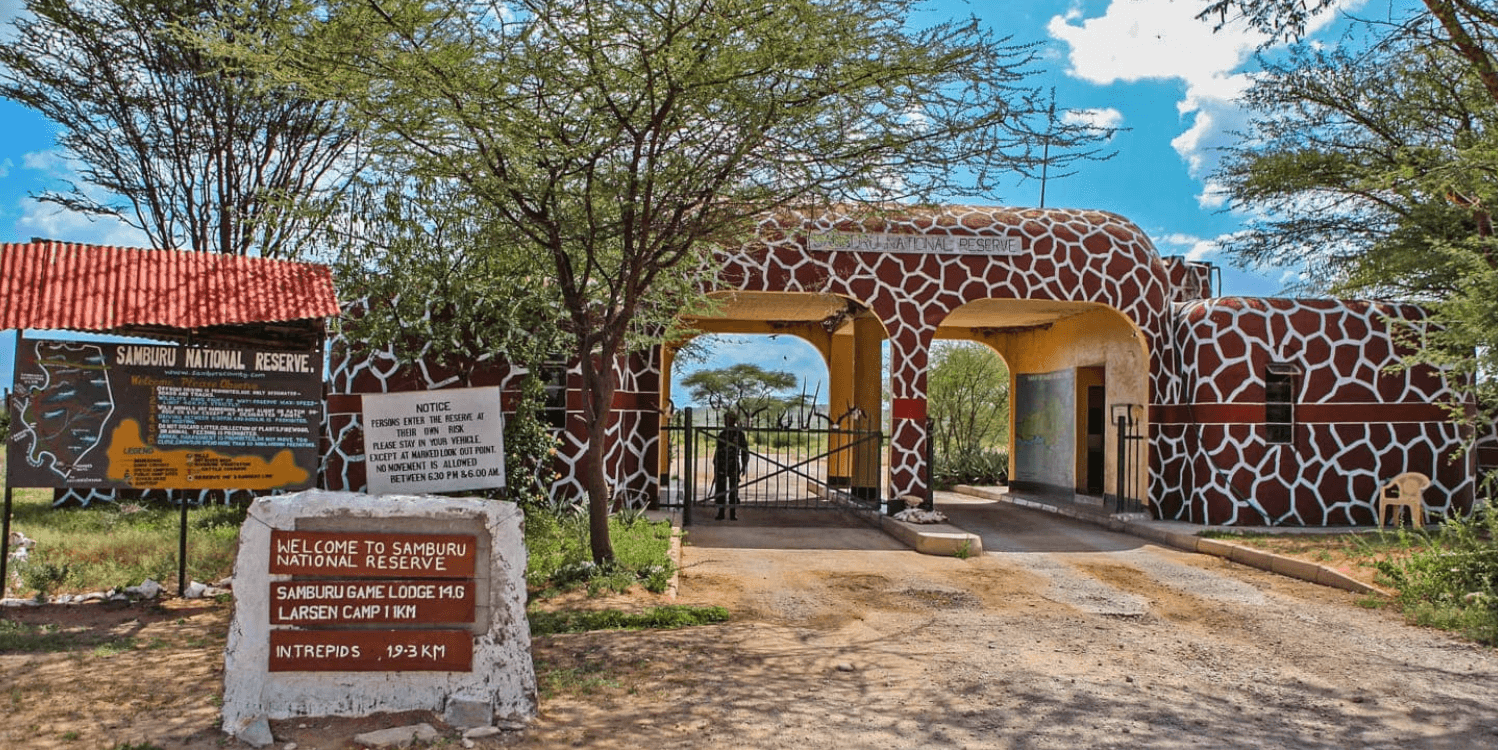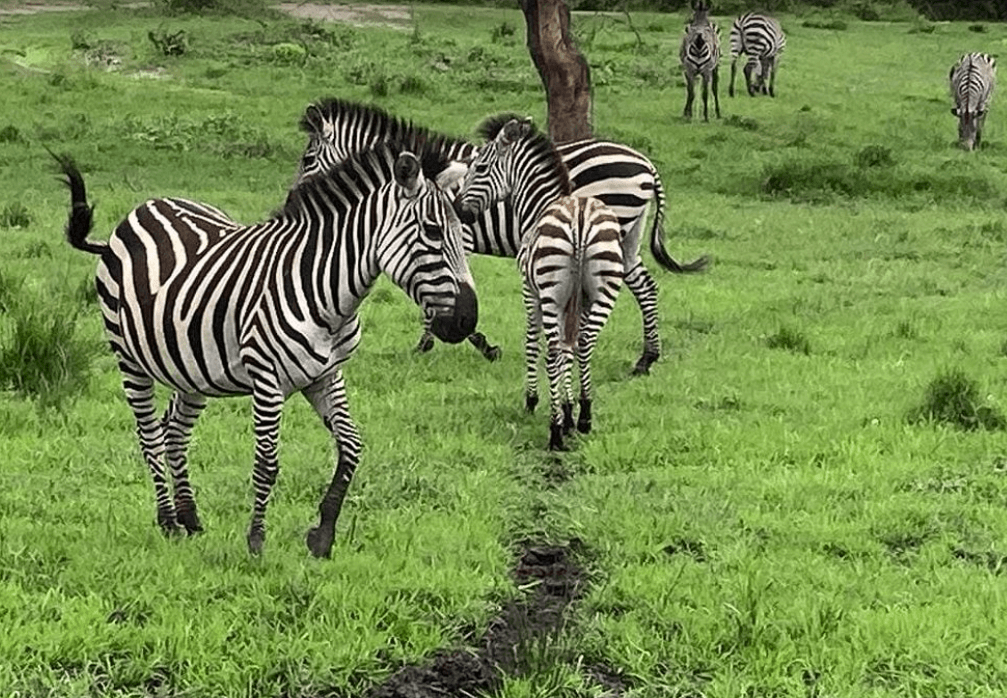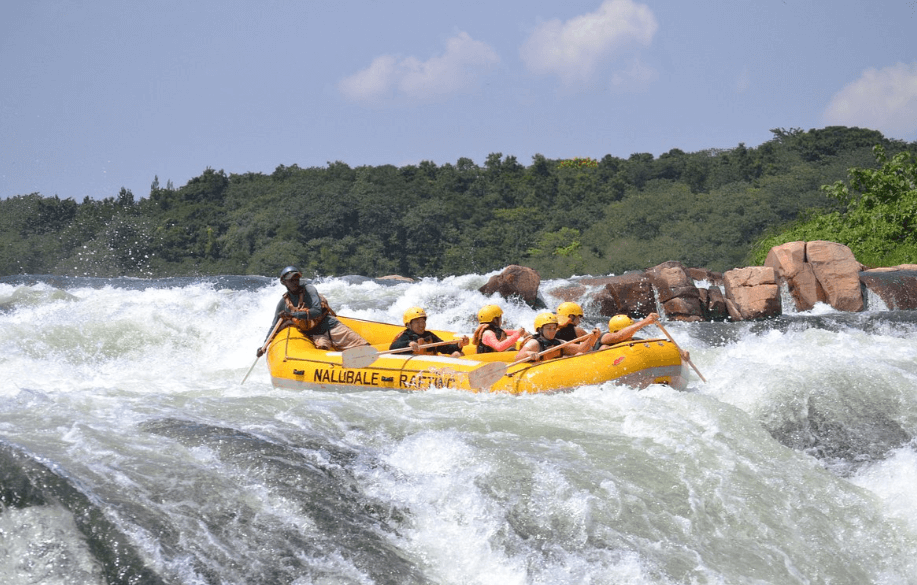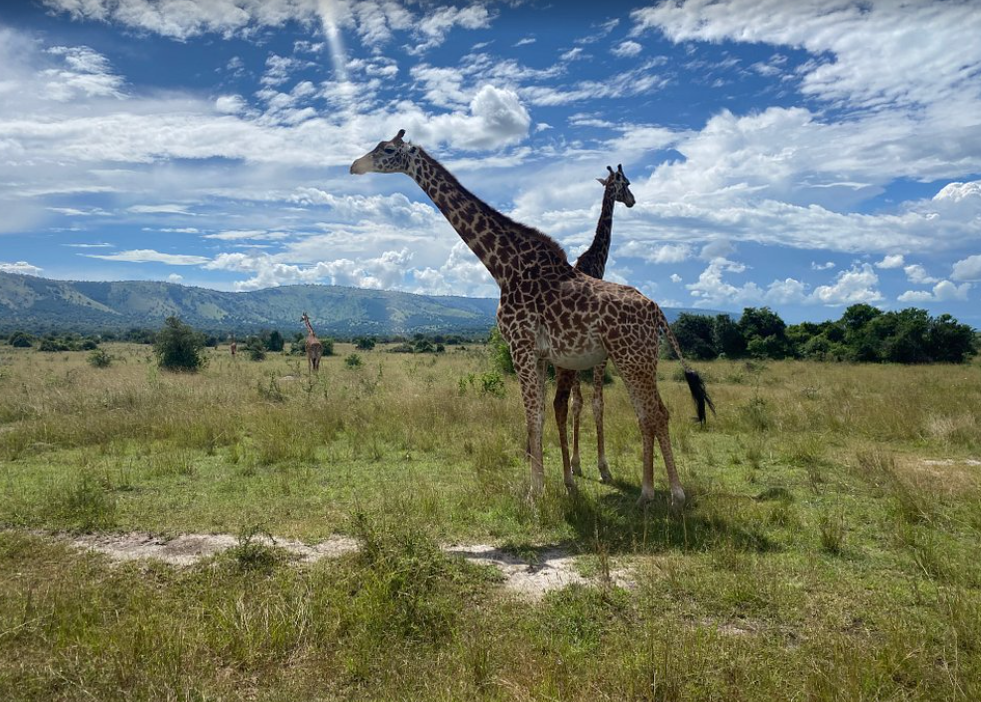The Great Migration: Kenya and Tanzania’s Unparalleled Wildlife Spectacle
The Great Migration, one of the most remarkable natural events on Earth, takes place across the vast savannahs of Kenya and Tanzania. This annual journey involves the movement of over 1.5 million wildebeests, 200,000 zebras, and hundreds of thousands of gazelles and other animals, all migrating in search of greener pastures. It is a relentless cycle of survival, where herds battle hunger, thirst, and predators along the way. In this article, we will explore the history, geographical scope, and the best times to witness this extraordinary spectacle.
The Great Migration is often described as “The Greatest Wildlife Show on Earth,” and for a good reason. Every year, millions of animals traverse the Serengeti National Park in Tanzania and Maasai Mara National Reserve in Kenya. The sheer scale of this movement, coupled with the dramatic encounters between prey and predators, makes it one of the most sought-after experiences for wildlife enthusiasts worldwide.
This migration follows an ancient route that has been in existence for millennia. The animals’ journey is dictated by the availability of fresh grazing lands and water, as they follow the rains across the Serengeti-Mara ecosystem. Although wildebeests make up the majority of the migrating animals, they are accompanied by large numbers of zebras and gazelles, which add to the dramatic scale of this natural event.
The History and Background of the Great Migration
The history of the Great Migration stretches back long before human documentation, yet its regularity has been observed and studied for centuries. Early explorers in East Africa were awestruck by the sheer volume of wildlife that covered the plains during the rainy season. The migration is essential to the survival of many species in East Africa, not just for the herbivores that move but also for the predators such as lions, cheetahs, hyenas, and crocodiles that follow their path, hunting the weak and the young.
The migration route, covering approximately 1,200 miles, forms a circular pattern between Tanzania’s Serengeti National Park and Kenya’s Maasai Mara National Reserve. The animals embark on this perilous journey as they search for fresh grass and water, following seasonal rainfall patterns across the region.
Predator-prey dynamics during the migration have shaped the behaviors of both groups. The dramatic crossings of rivers like the Mara River, where crocodiles lie in wait, and the constant threat from lions and cheetahs have created a rich tapestry of survival instincts in these migrating herds.
Where Does the Great Migration Takes Place
The Great Migration takes place between two major national parks:
- Serengeti National Park, Tanzania: Covering 14,750 square kilometers, the Serengeti is a vast ecosystem that hosts most of the migration. The park’s endless plains and varied landscapes, ranging from forests to rivers, create ideal conditions for the movement of millions of animals.
- Maasai Mara National Reserve, Kenya: As the northern extension of the Serengeti, the Maasai Mara offers lush grasslands that attract migrating herds during the dry season in Tanzania. The reserve is especially famous for the dramatic river crossings and the high density of predators.
These parks form part of the greater Serengeti-Mara ecosystem, which encompasses several smaller protected areas and conservancies that contribute to the survival of the migrating herds.
The Best Time to Witness the Great Migration
Understanding the timing of the Great Migration is essential for planning your safari. While the migration is a year-round event, different seasons offer distinct experiences. Below is a breakdown of the migration’s movement throughout the year:
January to March: Calving Season
- Location: Southern Serengeti and Ndutu region in Tanzania.
- What Happens: This period marks the birth of over 500,000 wildebeest calves. The short-grass plains provide the herds with essential nutrients, making it an ideal place for calving. However, the vulnerability of the newborn calves makes this a dangerous time, as predators such as lions and cheetahs take advantage of the easy prey.
- Best for: Predator action and newborn sightings.
April to June: Moving North
- Location: Central and Western Serengeti.
- What Happens: As the dry season approaches, the herds begin their journey northward, following the rain. This period sees the herds start to congregate into massive groups as they move towards the Grumeti River.
- Best for: Witnessing large herds on the move.
July to September: Mara River Crossings
- Location: Northern Serengeti and Maasai Mara.
- What Happens: The highlight of the migration, the Mara River crossings, occurs during this time. Wildebeests and zebras must cross the river, risking deadly encounters with crocodiles and strong currents. This is the most dramatic phase of the migration and the one that draws the most attention from tourists and photographers.
- Best for: Dramatic river crossings and predator action.
October to December: Return to Serengeti
- Location: Southern Serengeti and Northern Maasai Mara.
- What Happens: After feasting on the lush grasses of the Mara, the herds start their journey back to the southern Serengeti. This phase is less dramatic than the river crossings but still provides excellent opportunities for game viewing.
- Best for: Scenic game drives and birdwatching.
Tourist Activities in Serengeti and Maasai Mara
While the Great Migration is the star attraction, these parks offer much more to visitors:
- Game Drives: Both the Serengeti and Maasai Mara offer exceptional game drives throughout the year. Whether you’re following the migration or exploring other parts of the parks, you’re likely to encounter the Big Five (lion, leopard, elephant, buffalo, and rhino), along with cheetahs, giraffes, zebras, and more.
- Hot Air Balloon Safaris: Experience the migration from a bird’s-eye view with a hot air balloon safari. Floating silently over the Serengeti or Mara at dawn offers a unique perspective of the plains teeming with wildlife.
- Guided Bush Walks: For a more intimate experience, guided bush walks provide a chance to explore the ecosystems on foot, learning about the flora and fauna from expert guides.
- Cultural Visits: The Maasai people, with their rich culture and traditions, live around the Maasai Mara. Visitors can experience Maasai villages and learn about their relationship with the land and wildlife.
Accommodations at Serengeti and Maasai Mara
Accommodations in both the Serengeti and Maasai Mara cater to a range of budgets, from basic campsites to ultra-luxurious lodges.
Budget:
- Camping: Both parks offer designated campsites where visitors can set up tents and enjoy an authentic bush experience.
- Tented Camps: There are affordable tented camps with basic amenities but located in prime wildlife viewing areas.
Mid-range:
- Safari Lodges: These lodges offer more comfort with en-suite bathrooms, dining facilities, and often have swimming pools. They are located in key areas for viewing the migration.
Luxury:
- Exclusive Tented Camps: Luxury camps offer spacious tents with plush furnishings, private verandas, gourmet dining, and personalized service. Some camps even move with the migration to ensure proximity to the action.
High-end:
- Luxury Lodges: These offer the pinnacle of comfort, with private suites, high-end dining experiences, and top-notch guiding services. Located in serene, secluded areas, they provide a peaceful retreat after a day of wildlife viewing.
FAQs about the Great Migration
-
When is the best time to see the Great Migration?
- The best time depends on which part of the migration you want to witness. The river crossings typically happen between July and September, while the calving season takes place from January to March.
-
Can I see the Big Five during the Great Migration?
- Yes, the Big Five can be seen in both the Serengeti and Maasai Mara, especially during the migration when predators are actively hunting.
-
How long does the migration take?
- The migration is a year-round event, with animals moving continuously in search of food and water.
-
How difficult is it to witness a river crossing?
- River crossings are unpredictable, but being in the right place during peak migration season significantly increases your chances.
-
What is the best way to travel to the Serengeti and Maasai Mara?
- You can fly into Kilimanjaro International Airport in Tanzania for the Serengeti, or Jomo Kenyatta International Airport in Kenya for the Maasai Mara. From there, domestic flights or road transfers can take you to the parks.
The Great Migration between Kenya and Tanzania is an awe-inspiring natural phenomenon that attracts thousands of visitors every year. With the chance to witness millions of animals in motion, breathtaking river crossings, and encounters with predators, it offers a once-in-a-lifetime safari experience. Understanding the migration’s timeline and planning your visit accordingly can make all the difference in ensuring an unforgettable adventure. Whether you choose to explore by game drive, hot air balloon, or on foot, the Serengeti and Maasai Mara will leave you with memories to last a lifetime.







